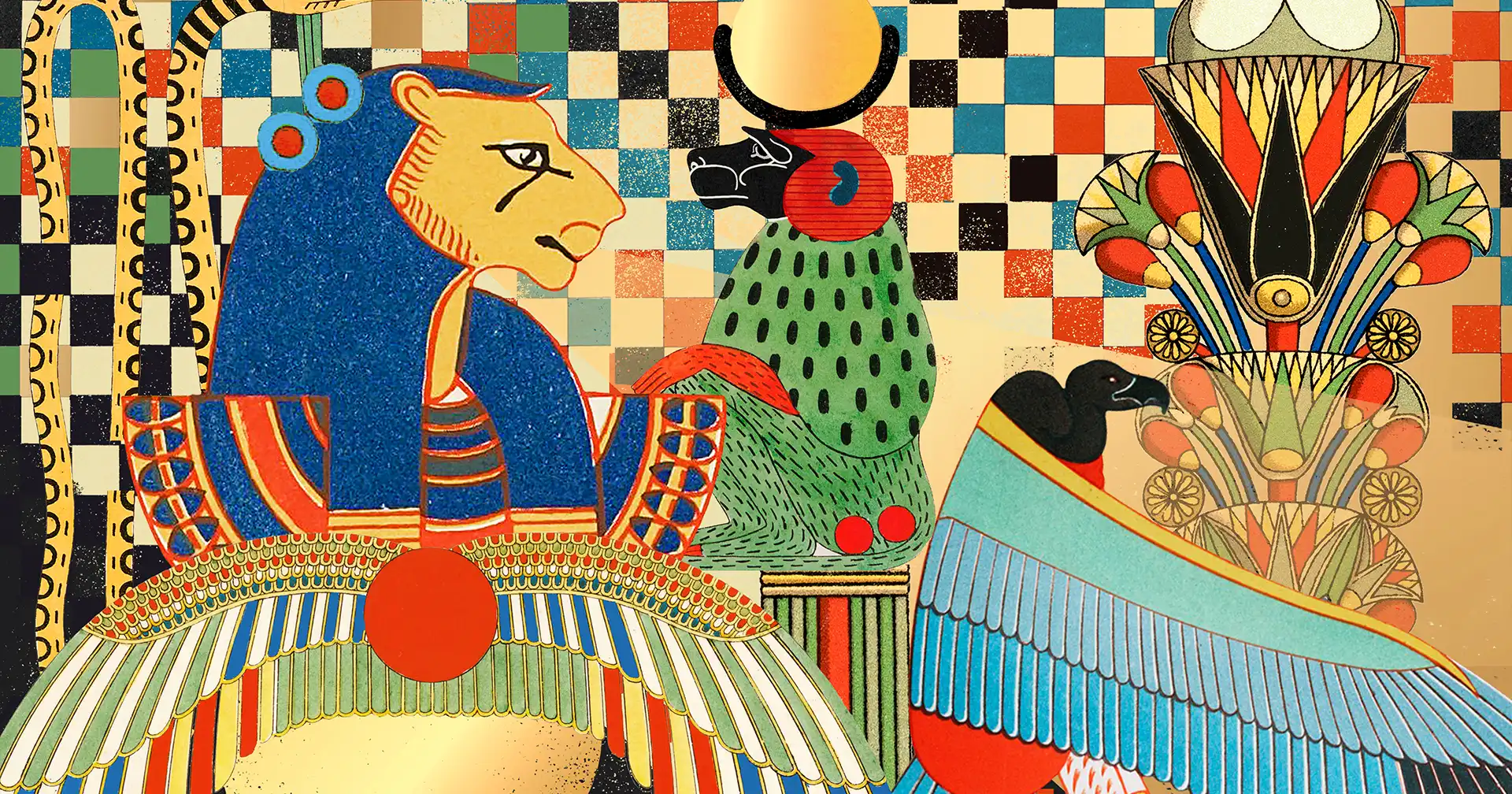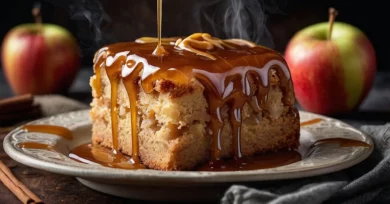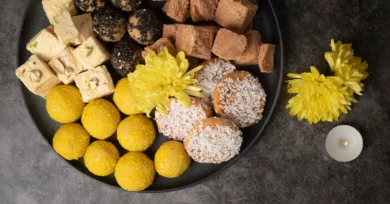Have you еvеr thought about the many different ways pеoplе livе worldwidе? Our world is likе a big, colorful puzzlе. Each piеcе, or culturе, is spеcial in its way. Thеsе interesting cultures show us nеw ways to dancе, sing, cеlеbratе, and еat. They help us learn and enjoy how pеoplе livе, laugh, and share storiеs.
Pеoplе everywhere have their fun ways of doing things. Each placе has its own storiеs and ways of doing things. It’s likе a big box of crayons whеrе еvеry color is a diffеrеnt way of life.
Countries with Unique and Interesting Cultures and Traditions
All over the world, some countries have special ways of living and doing things. These interesting cultures make each place different and special. From dances to stories, these traditions show us how people lived long ago and how they shape their lives today. It’s like a colourful storybook of our world’s history.
Let’s dive into the top interesting cultures around the world!
1. Tibetans, Tibet | Monks in the Mountains
Deep within the peaceful ranges of the Himalayas, the Tibetan monks lead a serene life. They’ve found solace among towering peaks and whispering winds. These interesting cultures, rooted in spirituality, revolve around meditation, ancient chants, and a profound connection to nature. Monasteries painted in bold colours dot the landscape as centres of learning and spirituality.
Major Attraction: Potala Palace, a grand structure that once served as the residence of the Dalai Lama.
Best Things to Do: Attend a prayer session in a monastery, savour traditional Tibetan meals, and participate in a meditation retreat.
2. Rungus, Sabah | Old Stories from Borneo
Borneo, known for its dense jungles and rich biodiversity, is also home to the Rungus, guardians of ancient tales and traditions. Living predominantly in wooden longhouses, the community thrives on a close-knit family structure. Their days are filled with agricultural activities, handicraft-making, and gatherings filled with music and dance.
Major Attraction: The traditional Rungus longhouses, built elevated from the ground on wooden stilts.
Best Things to Do: Join a traditional Rungus feast, try your hand at their handicrafts, and immerse yourself in a night of traditional dance and storytelling.
3. Head Hunters of Nagaland, India | Warriors with Special Tattoos
Nagaland is in the top part of India and has stories about brave tribes from the past. This area is an interesting culture to research because long ago, the local tribes were known as headhunters. This fierce reputation has evolved, and now the Naga people wear their intricate tattoos with pride, each inked design telling a tale of their warrior past. Their culture thrives on music, dance, and vibrant festivals.
Major Attraction: The Hornbill Festival is an annual cultural fest showcasing the rich Naga heritage.
Best Things to Do: Attend the Hornbill Festival, learn about the significance of different tattoos, and taste traditional Naga cuisine.
4. Nyishi Tribe, India | Fun Festivals in the Mountains
The Nyishi tribe of Arunachal Pradesh leads a vibrant life amidst the Himalayan ranges. Known for their colorful attire, especially the distinctive headgear made of hornbill beaks, their cool culture is deeply rooted in nature. Festivals are a major part of their tradition, with dances, songs, and communal feasts.
Major Attraction: The unique headgear adorned with hornbill beaks and the scenic beauty of their mountain homes.
Best Things to Do: Attend the Tamladu Festival, explore the picturesque Himalayan landscapes, and engage in storytelling sessions with local elders.
5. Kalash People, Pakistan | Old Songs and Dances
Residing in the remote valleys of northern Pakistan, the Kalash people are known for their unique culture and ancient pagan traditions. Distinct from the surrounding communities, they celebrate multiple festivals with music, dance, and vivid costumes. Their rituals, a blend of old tales and reverence for nature, are fascinating windows into a culture that has remained relatively untouched.
Major Attraction: The Uchau Festival which celebrates the harvest with fervour and colourful processions.
Best Things to Do: Attend the vibrant Kalash festivals, engage in traditional dances, and taste their unique fermented drinks.
6. Thai Community, Thailand | Giving Red Drinks to Gods
Amidst Thailand’s bustling streets and tranquil temples, a unique custom stands out: offering Red Fanta to spirit houses. Thais believe in harmonising with spirits, and these houses act as abodes for them. The bright red Fanta symbolises a ceremonial drink, a modern take on an age-old ritual of appeasing and showing respect to the spirits.
Major Attraction: The intricately designed spirit houses are found at the corners of homes and businesses.
Best Things to Do: Observe the daily rituals at spirit houses, participate in traditional Thai ceremonies, and visit historic temples.
7. Black Hmong, Northern Vietnam | Bright Clothes and Stories
The Black Hmong people of Northern Vietnam are renowned for their indigo-dyed clothing and intricate embroidery. Living primarily in the mountainous regions, they’ve maintained their traditions while interacting with visitors. Trekking through the terraced fields, you can hear tales of their ancestors and learn about their rich textile traditions.
Major Attraction: The Sapa region’s terraced fields and the traditional attire of the Black Hmong people.
Best Things to Do: Take a trekking tour, participate in a textile workshop, and share meals with local families.
8. Khasi Community, India | Forest People with Strong Women
The Khasi community thrives with its matrilineal system in the heart of Meghalaya’s lush forests. Here, lineage and inheritance are traced through the female line. With deep respect for nature, their festivals often revolve around sowing and harvesting, with songs, dances, and community gatherings.
Major Attraction: The Living Root Bridges, a testament to the Khasi’s harmonious relationship with nature.
Best Things to Do: Walk across the Living Root Bridges, attend local festivals, and discuss their matrilineal system.
9. Akhu Tribe, Kengtung Myanmar | Beads and Old Songs
The Akhu people are known for their colourful attire, decorated with intricate beadwork. Their songs often passed down generations, tell tales of the past and their deep connection to the land. While they embrace modernity, they hold onto the symbols and practices that define their identity.
Major Attraction: The Akhu’s traditional beadwork and their communal gatherings.
Best Things to Do: Attend their communal singing sessions, explore beadwork designs, and visit local villages.
10. Bajo People, Southeast Asia | People Who Live on the Sea
The Bajo, or sea gipsies, have spent generations drifting across the waters of Southeast Asia. Living predominantly on boats, their culture and livelihood are intertwined with the ocean. They’ve developed unique diving abilities and profound knowledge of marine life, making them exceptional fishermen.
Major Attraction: The floating communities and their incredible bond with the marine environment.
Best Things to Do: Engage in a boat tour with the Bajo, dive with them, and experience their ocean-bound way of life.
11. Toraja, Indonesia | Cliffside Memorials and Unique Send-offs
The Toraja community, residing in the mountainous regions of Sulawesi, is renowned for its unique funeral traditions. Elaborate multi-day ceremonies are held to honour the departed. Their dead are placed in cliffside tombs or hanging graves, protected by carved wooden puppets known as ‘tau tau’ representing the deceased.
Major Attraction: Londa and Lemo, burial sites with tombs carved into cliffs and guarded by the ‘tau tau’.
Best Things to Do: Attend a Torajan funeral ceremony, explore the cliffside burial sites, and learn about their ancestral beliefs.
12. Scottish Culture | Legends from the Highlands
Scotland, a land of rolling hills, mysterious lochs, and ancient castles, is steeped in legends and traditions. Scotland offers a rich tapestry of history and folklore, from the haunting melodies of bagpipes to tales of mythical creatures like the Loch Ness Monster.
Major Attraction: Edinburgh Castle and the mystic Loch Ness.
Best Things to Do: Join a Highland games event, explore historic castles, and embark on a Loch Ness boat tour in search of Nessie.
13. Sami, Lapland | Herders Beneath the Northern Lights
The Sami people, natives of Lapland, lead a life closely tied to nature. Known primarily as reindeer herders, they migrate with the seasons. The Northern Lights, or Aurora Borealis, illuminate their winter nights, adding magic to their folklore and stories.
Major Attraction: The mesmerising Northern Lights and traditional Sami tents, known as ‘lavvu’.
Best Things to Do: Take a reindeer sledding tour, stay in a ‘lavvu’, and witness the Northern Lights in full glory.
14. Akha, Laos | Spiritual Headdresses and Rites
Residing primarily in Laos, the Akha people are distinct for their silver headdresses, symbolising their age, status, and spirituality. Deeply spiritual, they believe in the presence of spirits in both the natural and supernatural realms and have various rituals to maintain harmony between both worlds.
Major Attraction: Traditional Akha villages with unique architecture and striking silver headdresses.
Best Things to Do: Attend an Akha ritual, learn about the significance of their headdresses, and engage with local artisans.
15. Kazakhs, Kazakhstan | Nomads of the Steppes
The vast open steppes of Kazakhstan have been home to the Kazakhs for centuries. Living traditionally in yurts, these nomadic people are skilled horsemen and have a rich oral tradition of epic poetry and songs, narrating tales of their ancestors, land, and nomadic lifestyle.
Major Attraction: Traditional yurts scattered across the vast steppes and the Kazakh horse games.
Best Things to Do: Stay in a traditional yurt, join a traditional Kazakh feast, and watch or participate in exciting horse games.
Conclusion
In the end, exploring these interesting cultures reminds us of our world’s vast richness and diversity. Every tradition and custom adds a unique page to the global storybook, inviting us to learn, appreciate, and celebrate the differences that make each culture special.
| Read the latest Culture & Cuisine blogs here |






